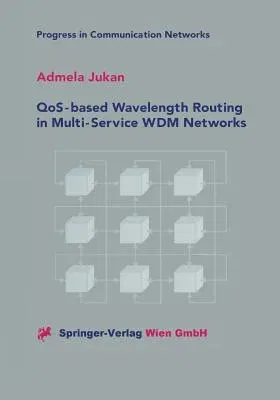Admela Jukan
(Author)Qos-Based Wavelength Routing in Multi-Service Wdm Networks (Softcover Reprint of the Original 1st 2001)Paperback - Softcover Reprint of the Original 1st 2001, 5 November 2012

Qty
1
Turbo
Ships in 2 - 3 days
In Stock
Free Delivery
Cash on Delivery
15 Days
Free Returns
Secure Checkout
Part of Series
Progress in Communication Networks
Print Length
244 pages
Language
English
Publisher
Springer
Date Published
5 Nov 2012
ISBN-10
3709172683
ISBN-13
9783709172681
Description
Product Details
Author:
Book Edition:
Softcover Reprint of the Original 1st 2001
Book Format:
Paperback
Country of Origin:
NL
Date Published:
5 November 2012
Dimensions:
25.4 x
17.78 x
1.4 cm
ISBN-10:
3709172683
ISBN-13:
9783709172681
Language:
English
Location:
Vienna
Pages:
244
Publisher:
Weight:
458.13 gm

